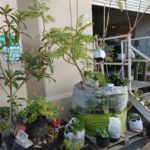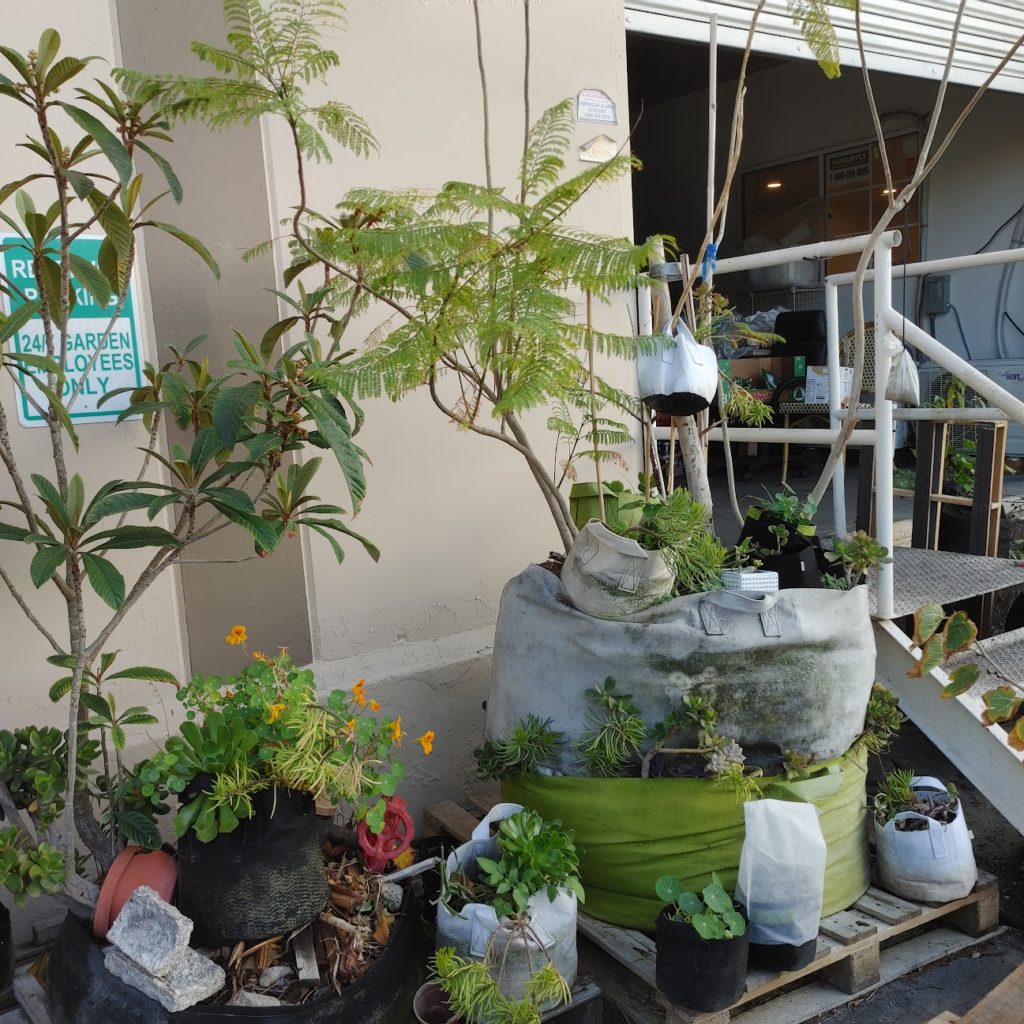21 Important Things to Know About Grow Bag Gardening


- Grow bags are containers made of porous material that allow plants to grow in small spaces. 247Garden grow bags are BPA-Free.
- They are an alternative to traditional garden beds, pots or containers.
- Suitable for growing a variety of crops including vegetables, fruits, and herbs.
- Grow bags provide good drainage and aeration, promoting healthy root growth.
- Can be placed on balconies, patios, decks or even indoors with sufficient light.
- They are portable, especially the ones under 15-gallon size, making it easy to change their location to follow the sun or to protect from frost.
- Easy to use, with no need for digging or preparation of soil.
- Grow bags can be reusable and can last many many seasons, some as long as 10+ years.
- Have good insulation, helping to regulate soil temperature and moisture.
- Sizes range from small (5-gallon) to large (500-gallon) to accommodate different growing needs.
- Regular watering is necessary, especially during hot weather.
- Fertilization may be needed, depending on the plants being grown.
- Pests and diseases can be a problem, so regular monitoring and treatment may be necessary.
- Grow bags can become heavy when wet, so placement on a sturdy surface is recommended.
- A growing medium such as soil, compost or potting mix is required for healthy gardening.
- Overcrowding of plants in a grow bag should be avoided, to allow for proper growth and development.
- Regular monitoring of soil moisture levels is necessary to make sure the pot is not too dried.
- Plants can be grown from seeds or transplant, depending on personal preference.
- Grow bags can be used for growing food, flowers or other plants for ornamental purposes.
- Choosing the right size and type of grow bag for the plants being grown is important for successful results.
- Regular pruning and training of plants can help promote healthy growth and productivity.
Posted On: February 7 2023


